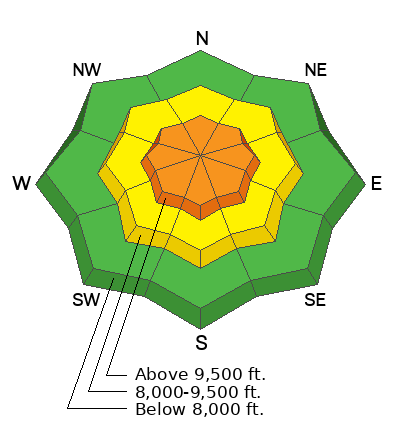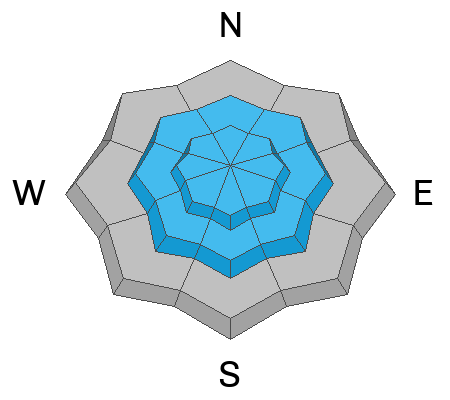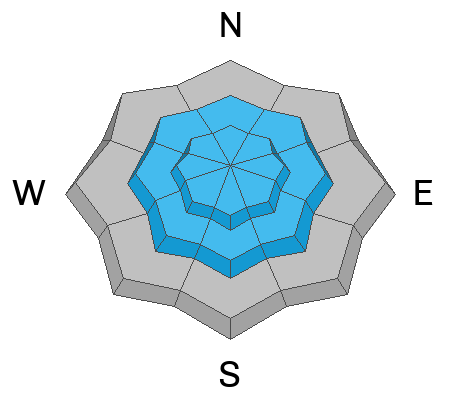Forecast for the Salt Lake Area Mountains

Issued by Dave Kelly on
Monday morning, February 19, 2024
Monday morning, February 19, 2024
The avalanche danger is CONSIDERABLE at upper elevations where it may be possible to trigger a wind-drifted snow avalanche near ridgetops and on the leeward side of terrain features.
Mid-elevation slopes have a MODERATE danger where we have had reports of avalanches failing on a new/old snow interface that was buried on Valentine's Day. This storm interface has been associated with a crust in many locations and we have seen avalanches failing 1'-2' deep on west-south-southeast aspects. This avalanche problem is spotty-meaning that a snowpit in one location may not tell you if the slope you want to travel on has this buried layer. Dig on slopes you wish to travel on to determine if this interface is present.
Mid-elevation slopes have a MODERATE danger where we have had reports of avalanches failing on a new/old snow interface that was buried on Valentine's Day. This storm interface has been associated with a crust in many locations and we have seen avalanches failing 1'-2' deep on west-south-southeast aspects. This avalanche problem is spotty-meaning that a snowpit in one location may not tell you if the slope you want to travel on has this buried layer. Dig on slopes you wish to travel on to determine if this interface is present.
Sunny skies and filtered clouds could warm the snow surface particularly at lower elevations out of the wind zone, where you could see wet loose avalanche activity on the snow surface.
Careful snowpack evaluation, cautious route-finding, and conservative decision-making will be essential today and if in doubt choose terrain less than 30 ° in steepness.

Low
Moderate
Considerable
High
Extreme
Learn how to read the forecast here









